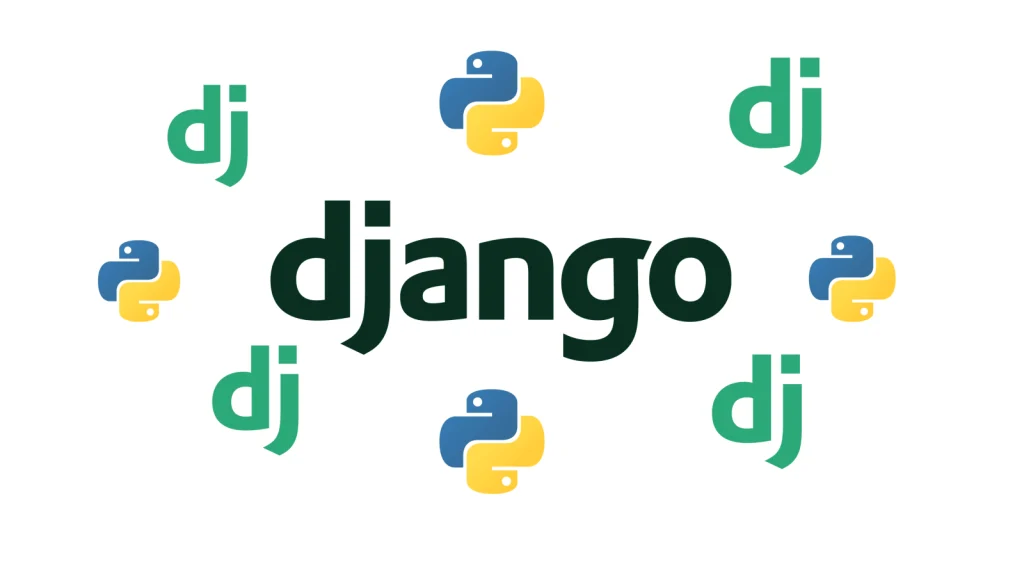Step-by-Step Guide: How to Install Django on CentOS
Django is a high-level Python web framework that simplifies the process of building robust web applications. If you’re using CentOS as your operating system, this step-by-step guide will walk you through the process of installing Django and setting up a development environment.

Step 1: Update System Packages
Before installing any software, it’s essential to ensure that your CentOS system is up to date. Open a terminal and run the following command:
sudo yum updateStep 2: Install Python and pip
Django requires Python to be installed on your system. Execute the following command to install Python and pip (Python package installer):
sudo yum install python3 python3-pipStep 3: Create a Virtual Environment
Creating a virtual environment is a best practice for isolating your Django project’s dependencies. Change to your desired project directory and create a new virtual environment by running the following command:
python3 -m venv myenvReplace “myenv” with the name you prefer for your virtual environment.
Step 4: Activate the Virtual Environment
Activate the virtual environment by executing the appropriate command based on your shell:
For Bash or Zsh:
source myenv/bin/activateFor Fish:
source myenv/bin/activate.fishStep 5: Install Django
With the virtual environment activated, you can now install Django using pip:
pip install djangoThis command will install the latest stable version of Django.
Step 6: Verify the Installation
To verify that Django is installed correctly, run the following command:
django-admin --versionIf Django is installed successfully, it will display the version number.
Step 7: Start a New Django Project
Navigate to your desired project directory and create a new Django project using the following command:
django-admin startproject myprojectReplace “myproject” with the name you prefer for your Django project.
Step 8: Run the Development Server
Change into the project directory:
cd myprojectStart the development server by executing the following command:
python manage.py runserverBy default, the development server will run on http://127.0.0.1:8000/.
Step 9: Access Your Django Application
Open a web browser and enter http://127.0.0.1:8000/ in the address bar. You should see the default Django welcome page, indicating that your Django installation is successful.

Conclusion:
Congratulations! You have successfully installed Django on your CentOS system and set up a development environment. You can now start building powerful web applications using the Django framework. Take advantage of Django’s extensive features and documentation to create dynamic and scalable projects.
Tech content on this site may include contributed articles and partnerships with industry voices. Learn more in our Editorial Policy.




